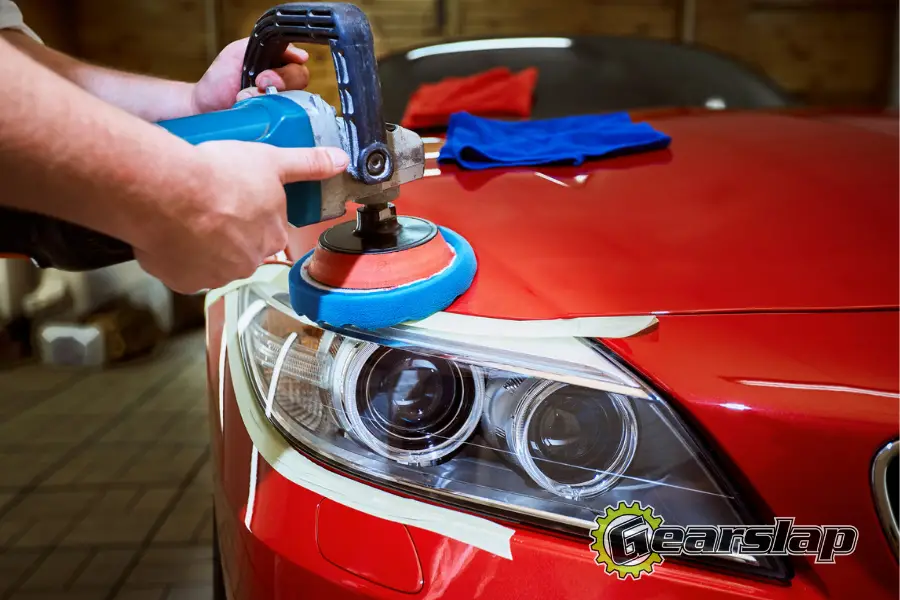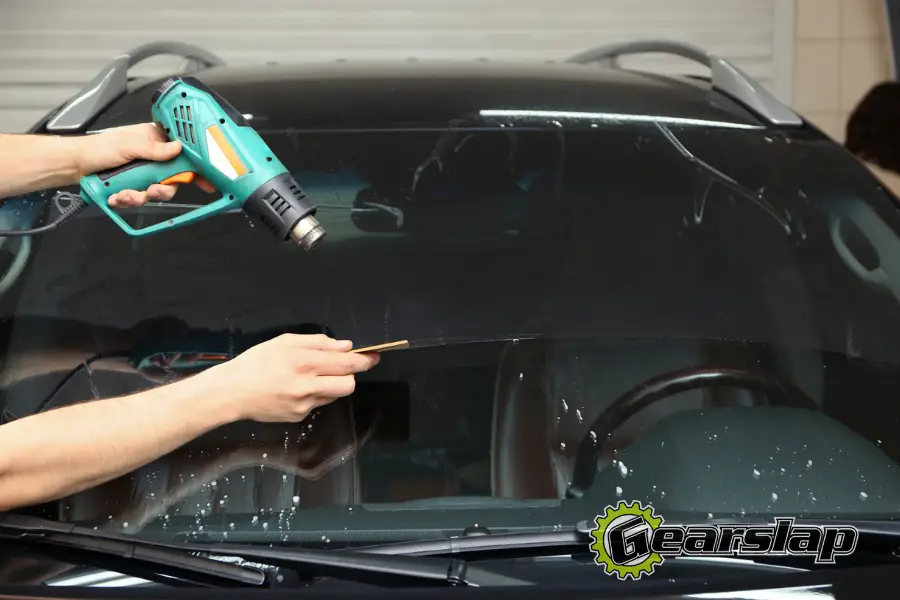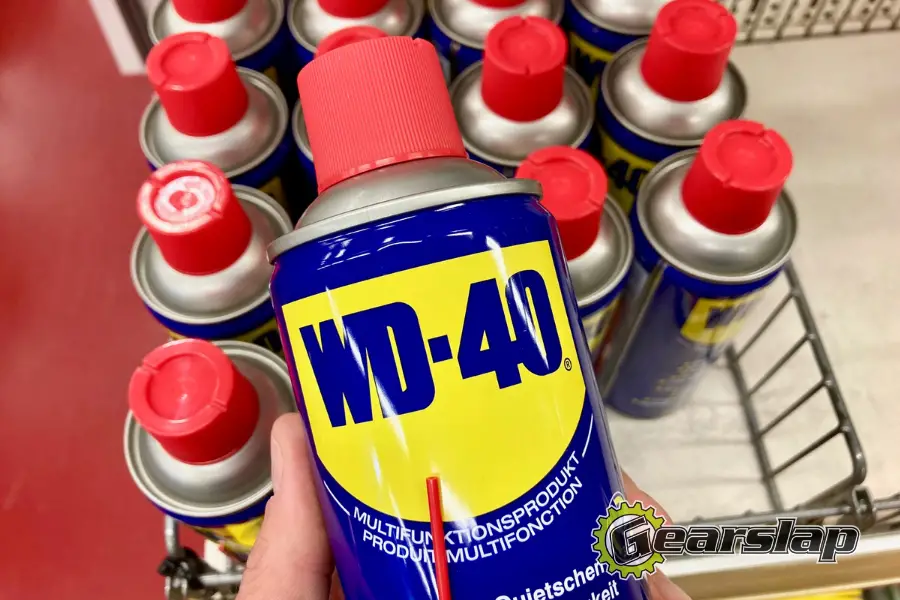Most drivers admit to eating in their car at one point or another. We’ve all been there, whether grabbing a quick breakfast before work or eating lunch in your car for a peaceful lunch break.
That’s not to say that your sticky dashboard is from the soda you accidentally spilled. Sometimes manufacturers will add a layer of vinyl over plastic dashboards to make the interior look sleek and sophisticated. But the heat from the sun can melt it. Whatever the cause, follow this guide to learn how to fix a sticky dashboard on your car.
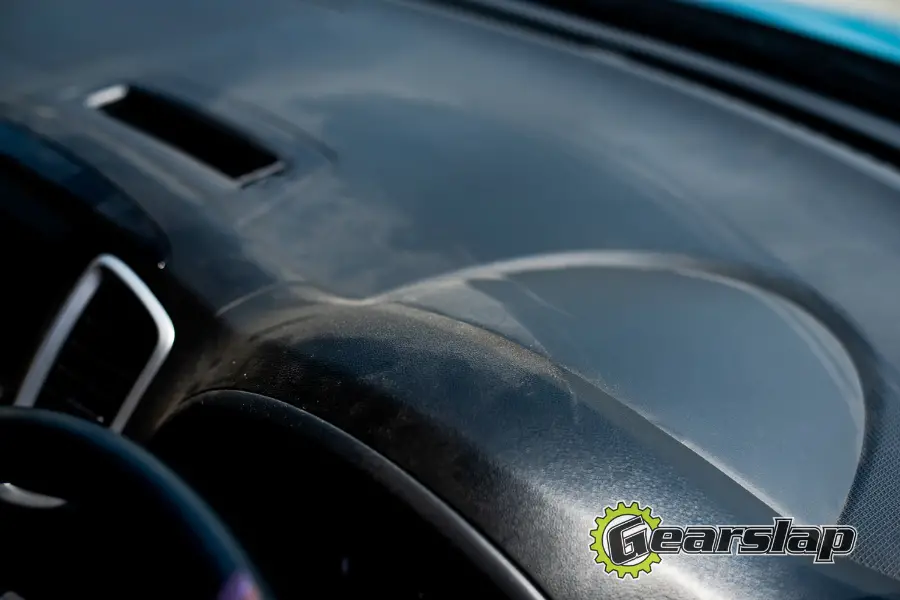
Why Do Dashboards Get Sticky
Dashboards can get sticky for many reasons, including excessive heat, spills, and manufacturing defects. Melted or sticky dashboards aren’t just an aesthetic issue. They can pose safety hazards that affect visibility with a glare bouncing off the windshield. And overall health issues since melted dashboards can emit harmful odors.
Accidental Spills
The main culprit of why car dashes get sticky is an accidental spill. Those cheap 32-ounce sodas may be great in the summer, but often drivers will get distracted and spill a sticky soda all over the dash. Leaving the problem until later sees an increase in ants, stickiness, and more work to clean it later on, so it’s best to clean the mess up as soon as possible.
Excessive Heat
With rising temperatures in the summer, direct sunlight and higher humidity can cause the adhesive used in between layers of the dash to melt. This reaction can destroy the foam and outer layers of the dashboard since it weakens and expands because of the heat. Parking in a shady spot and investing in a sunshade can help lower the chances that a dashboard will melt in the hot sun.
Older Vehicles
All vehicles need a little love and care now and then, especially older models. Sometimes, even preventative measures such as a sunshade might not stop the dashboard on older vehicles from becoming sticky. On many older cars, the top layers of the interior dash will degrade naturally over time, stripping it of its protective vinyl or plastic.
Check for a Recall From the Manufacturer
If the melted dashboard is a manufacturer’s defect, they may replace the dash without a warranty. Major car brands such as Lexus and Toyota replaced 3.5 million dashboards because of an extended recall. Their recall and customer support program involved repairs for cracked and melted vehicle dash panels. You should check with your car manufacturer to see what year, make, and model of vehicles are affected.
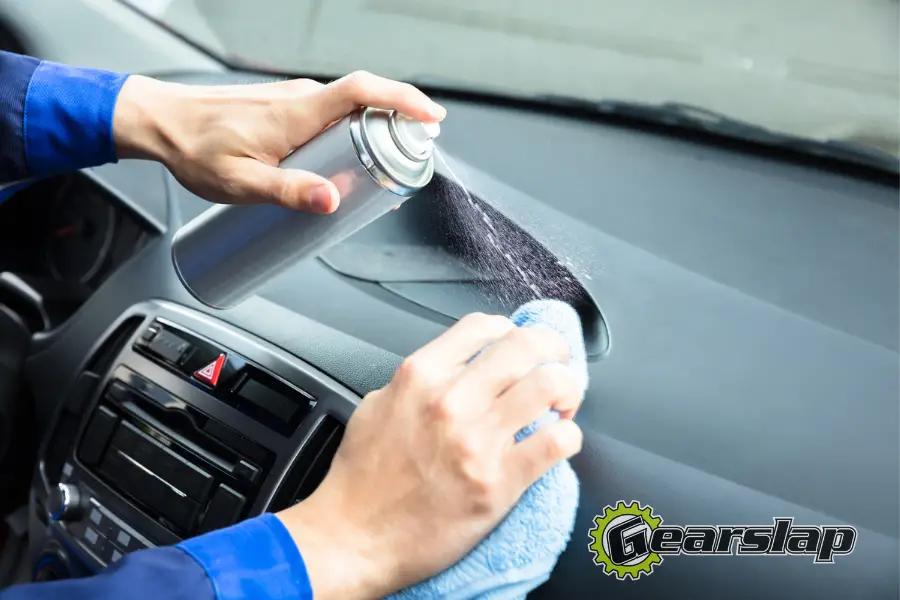
How To Clean a Sticky Dash
If you have a dashboard issue, the first step in cleaning it is figuring out what made it tacky in the first place. Is it a soda spill or residue from the adhesive holding down your dashboard cover? Gummy residue from an old cell phone holder?
Once you know what you’re up against, you can gather the required materials and follow these simple steps on cleaning vinyl dashboards.
Gather Materials and Remove Items From the Entire Dashboard
Remove any loose accessories and items from the dashboard to prepare for cleaning. The materials you will need for cleaning are:
- Bucket
- Warm water
- Soap
- Old washcloth
- Soft bristle brush
- Degreaser or adhesive remover
- Scraper
- Dry microfiber cloth
- Vinyl upholstery cleaner
Use Warm Soapy Water and Wipe Down Dashboard
Lint and dirt can get trapped in sticky residue. So how do you get lint off a sticky dashboard? First, fill a bucket halfway with warm water and add a few drops of soap, stirring to mix until it creates a foamy consistency. Add more soap if the solution doesn’t have enough bubbles.
Dip the washcloth into the water and soap mixture and then ring it out. You want it damp but not soaking wet. Wringing the cloth out helps prevent excess water from running down the dash and into the radio, vents, or other electric and mechanical systems.
Start wiping down the dash in gentle circular motions. Avoid excessive force to remove the dirt because it can also wear down the vinyl. Dip the cloth back into the bucket every so often to wash out the dirt and oil before wringing it out again.
If all of the sticky mess manages to wipe off cleanly, you can skip the scraper step and move on to applying a vinyl cleaner. However, you might notice that not all the gunky stuff is coming off. Move on to the next step to help remove any leftover residue.
Use a Scraper To Remove Excess Residue
The next step in riding the dash of the sticky residue is to apply a little elbow grease, although a good degreaser might help. Apply a small amount of your preferred degreaser or adhesive remover and use a plastic scraper to firmly but gently scrape the residue from the dash.
Once you’ve completed scraping, wipe down the dash with warm, soapy water again if needed. Afterward, use a dry microfiber cloth to dry the dashboard.
Apply a Vinyl Cleaner
While this step is optional, many drivers have found that adding a vinyl cleaner to their process helps keep the dashboard cleaner for longer. Using a vinyl cleaner, spray the dash panel and work it in with a soft bristle brush. Depending on the vinyl cleaner you’ve chosen, there may be additional instructions on the product, so make sure to follow those steps. Wipe down the dash afterward with a dry cloth, or let it air dry.
Wipe Dashboard Down With a Vinyl Protectant
The last step in cleaning the dashboard is to wipe it down with a vinyl protectant. Use a soft microfiber cloth and choose a water-based vinyl protectant. And that’s it! You’ve completed the steps to remove sticky residue from the dashboard.
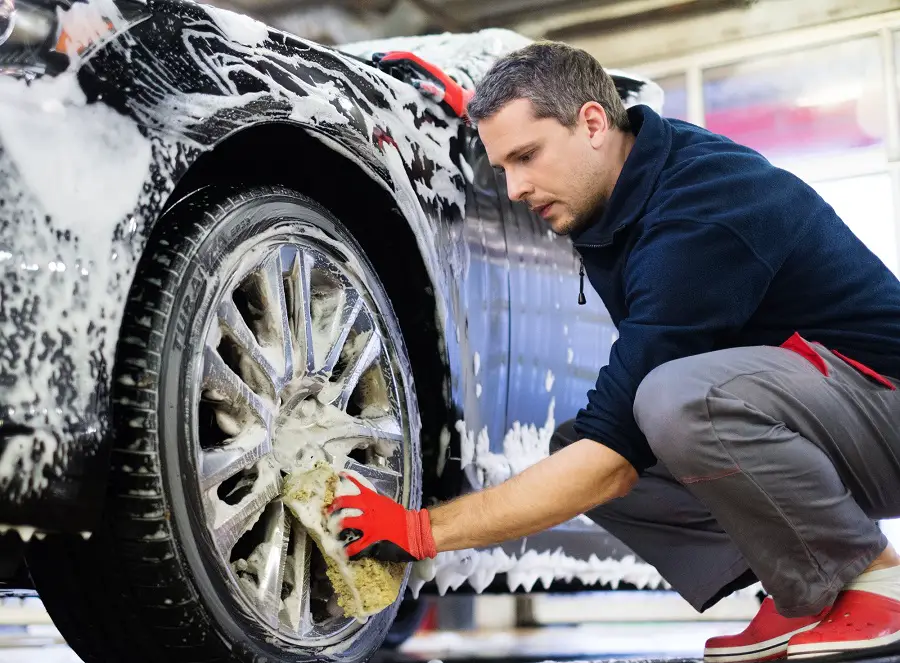
Popular Cleaning Agents Used To Clean a Sticky Dashboard
Not all interior cleaning products for vehicles are the same. Call or visit your dealership to see what products they recommend. Always test the product on a small, inconspicuous area before cleaning the entire dash.
Bug and Tar Remover
A suitable cleaning agent to rid the interior of driver’s vehicles of stickiness may surprise you as it’s bug and tar remover! Bug and tar removers safely rid exteriors of vehicles from everyday remnants of bugs and road tar that may hit the car while in routine use. With that in mind, it’s no wonder many people see its use for interior gunk and grime residue.
Degreaser and Adhesive Remover
How do you remove glue from a vinyl dashboard (like residue off a cell phone holder)? Degreasers and adhesive removers are the most adept at cutting through sticky residue and grease. Citrus-based degreasers are popular since citrus fruits are natural and effective grease fighting agents.
Another great way to cut through slimy gunk is by using an adhesive remover. There are many highly-rated products on the market, so it’s best to research and read reviews to see what other car owners like. These adhesive removers are helpful after removing those bulky cell phone holders that leave sticky remnants behind.
Solvent Cleaner Alternatives
You may want to find a solvent cleaner alternative if you have a sensitive nose. Many people stick with the tried-and-true soap and water method, while others have used laundry detergent mixed with warm water to dilute the mixture. Trying several options will help you discover what works best for your sticky dashboard situation. Some other alternatives include:
- Vinegar
- Baking soda
- Olive oil
Dashboard Repair or Replacement
If you’ve tried every method to clean your dashboard and it remains in a gooey, sticky state, it might be time to get it repaired or replaced. One option is to take your vehicle to a professional detailer so they can assess the issue. They have access to commercial solvents and high-end products, along with professionals with vehicle industry knowledge.
Another option is to contact your local car dealership and see if any recalls or warranties cover your interior. After attempting to fix the issue on your own, sometimes it’s helpful to speak with an authorized dealer who can help you take further steps to rectify the problem.
Preventative Measures
Keep your dashboard free of any loose items and debris. Not only will your car feel less cramped, but loose debris can put extra stress on the top layer of the dashboard and pose safety hazards.
Invest in a sunshade and park the vehicle in shaded spots if you have to leave your car for prolonged periods. Heat can cause the vinyl of the dash to warp, bubble, and melt, making any sticky residue even worse.
Use highly-rated cleaning products and test them before cleaning the whole dash to ensure they don’t leave any residue behind. Keeping your dashboard clean daily will help make small spills less of a hassle to clean.

